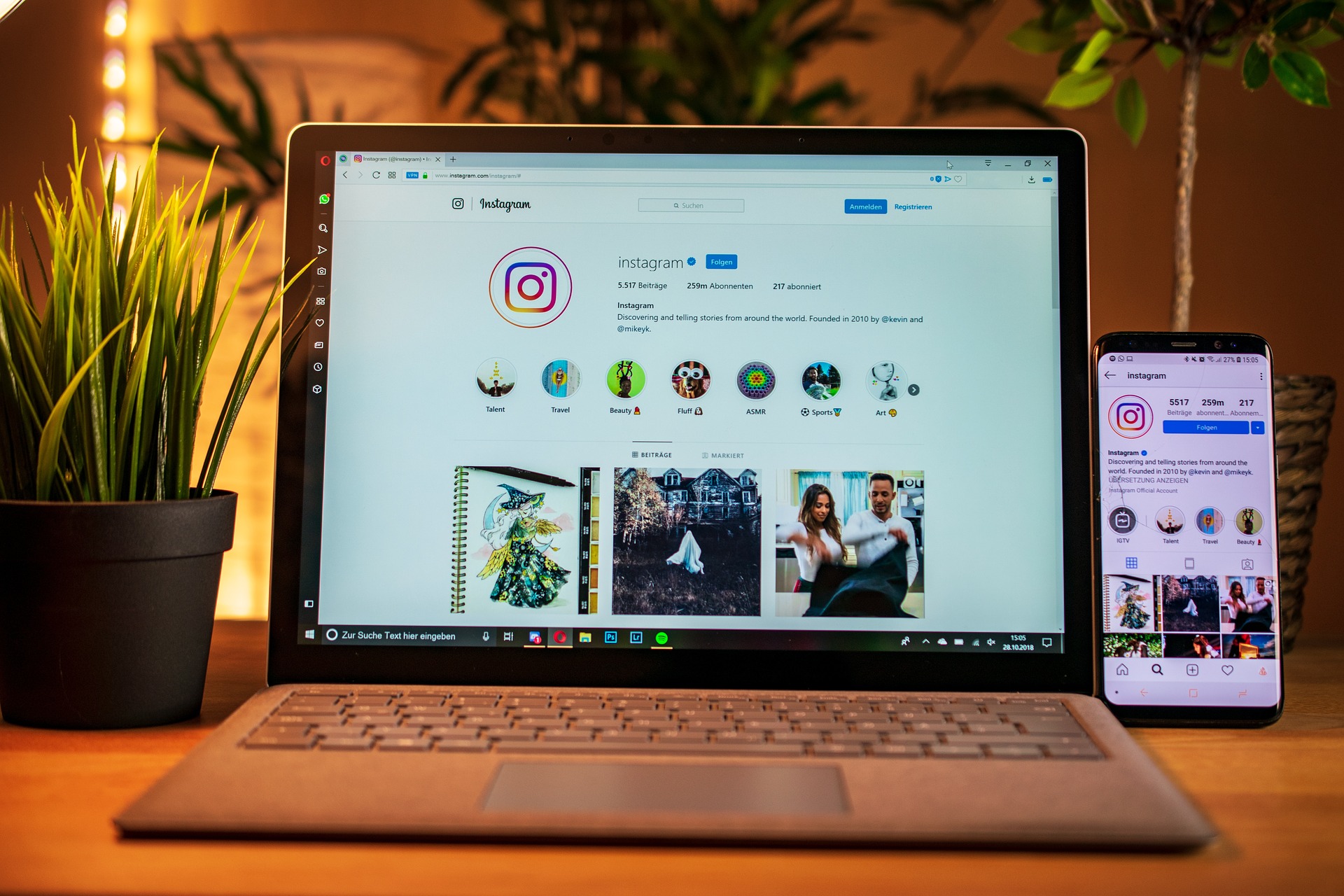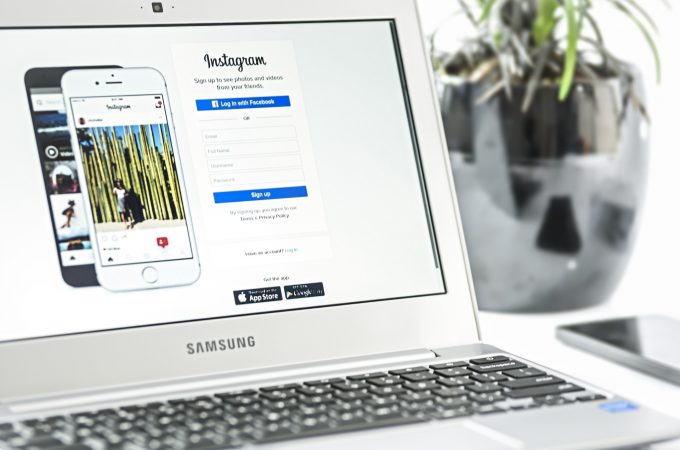
How to improve conversions from social media channels
Want to improve your social selling efforts and improve conversions from this traffic source? You’re not alone and many marketers look to social media as a top source for referral traffic to landing pages built for conversions, whether it’s to buy a product, sign up for a free trial, subscribe to an email series, or whatever other goal you have in your marketing department.
But that doesn’t mean you just share a link here and there on social media to your conversion-focused webpages and hope for the best. There are some easy ways to make the experience the best one possible for website visitors coming from social media.
Let’s dive into nine things to keep in mind when trying to improve your conversions from social media sources.
9 tips to convert social media followers

1. Build a dedicated social media landing page
Use the opportunities to share links in your bio and stories well by sending your social media traffic to a specific landing page. While it’s tempting to want to provide more information to people clicking from social media, you’ll really want to avoid that temptation and keep it brief!
People scrolling Instagram are going to want to get back to their friends’ and family’s updates and if your landing page has too much coming at them or presents them with a giant form, they’re out and back on the social platform instead of filling out your form.
This is where the squint test really comes in handy. Open your landing page and squint your eyes, can you still find the CTA easily and is there enough white space to balance out the text? Social users are more often than not coming from mobile devices, so it’s imperative your landing page is easy to comprehend, loads quickly, and is formatted appropriately.
Essentially, you’ll want to ask yourself these questions as you build your social media landing pages:
- Is the offer enticing or worthy of their conversion?
- Is it easy to know what to do when they land on the page?
- Is the page responsive and optimized for mobile devices?
- Is the form easy to fill out on a mobile device?
- What happens if they scroll to the bottom of the page? Is there a secondary CTA or related content?
Always keep in mind that you can run A/B tests with your landing pages to see what elements impact your conversion rate and optimize your page accordingly.
2. Continue the experience
Though this point goes hand-in-hand with your landing page, it’s worth calling out on its own as it may take some coordination between a few different people or teams when creating these pages and posts.
Make the transition from social media to your website as seamless as possible by using the same layout, colors, visuals, copy, and CTA that you used in your social media post. This helps your visitors feel more comfortable as things look familiar and it reaffirms their expectations by landing on your website when you deliver exactly what you said you would, in a format they can immediately recognize. Plus, if they already clicked your post on social media, they’re already primed to complete their conversion.
3. Use videos
Videos can improve conversions by giving a more interactive experience with your product or the service you’re selling. Videos and GIFs also catch people’s attention faster and can hold their interest longer, causing them to stop scrolling and itching toward that banner CTA.
You don’t have to have a big Hollywood budget and flashy effects to create an attention-grabbing video on social media. I tend to like videos more that don’t look like they have too much production going on behind the scenes and seem more authentic or spontaneous.
Test different types of videos with your audience to find what works for them and test whether you should show the whole video or just a tease and direct them to your landing page to get the full experience.
4. Share user-generated content
An easy way to win potential customers’ trust enough to get a conversion is to use user-generated content in your post. This helps build up your brand’s credibility by having your own customers share your story and products instead of directly selling them yourself.
Tag a product in a post or send people directly to a landing page with those products or services referenced in the original creator’s post. And always get permission and credit the original creator!
5. Don’t be pushy
Social selling still requires the “social” aspect of the term. If all of your posts are centered around sales or you’re constantly using a sense of urgency, like “limited time offer,” or “only 10 left!” it’ll leave your social media viewers in a panic or they’ll be so used to seeing these sales tactics that they are no longer effective.
Have a conversational tone in your posts to encourage clicks and conversions – and be sure to highlight the value the person gets out of the conversion!
6. Mix up promotional posts
Like I hinted at above, your social media feed cannot just be about you and your products. It has to be human, it has to be how people use your products or services or how they interact with your brand.
By following the 80/20 rule on social media, you can improve conversions by mixing in promotional posts with other types of content, like educational content or posts trying to up engagement.
7. Listen
You could be missing out on sales just by missing a social conversation. Social listening tools are great ways to improve your conversion rate by being able to jump into relevant conversations and share links to your landing pages – as long as it fits the conversation. Do not make your brand look spammy by adding a link to every response or auto-replying to mentions of your brand that aren’t a good fit for your current social selling campaign.
8. Salespeople, assemble!
Rely on your sales team to amplify your promotional posts and direct more attention to it. This could be just the thing a prospect is waiting for and if they see a post about it from their sales rep from your brand, it could cinch the deal and earn their conversion, finally.
Your sales team can also act as an extension of your social listening platform by watching for relevant conversations online that digital marketing tools just can’t pick up because of missing keywords or context, but a human could.
9. Monitor
Like any digital marketing tactic it’s imperative you monitor and measure your efforts. You’ll need to compile data from a few different sources, like the social media platform itself, or your social scheduling tool, as well as tools like Google Analytics, any A/B testing tools you use, and heat mapping.
For social media, you’ll want to pay close attention to:
- Impressions
- Engagements
- Clicks
And from Google Analytics, you’ll want to track:
- Sessions
- Sessions via social referral
- Bounce rate
- Time on site
- Conversions (you should have goals set up on these pages!)
You should also add UTMs to your social links for even more granular tracking and to find any discrepancies between what the social media network is reporting and what your other analytics dashboards are telling you.
If your posts are getting a lot of impressions and engagements, but no clicks, you’ll want to see what could be wrong with the social post itself. Whereas if it’s getting lots of clicks but the bounce rate is above 80% or people are only letting the page load before backing out of it, there’s something that needs to be addressed on the website side of things.
Continually monitor and look for trends and compare against past performance to help identify areas of opportunity to further optimize your campaign.
Did I miss any tips for improving conversions via social media? Share your thoughts in the comments below!




